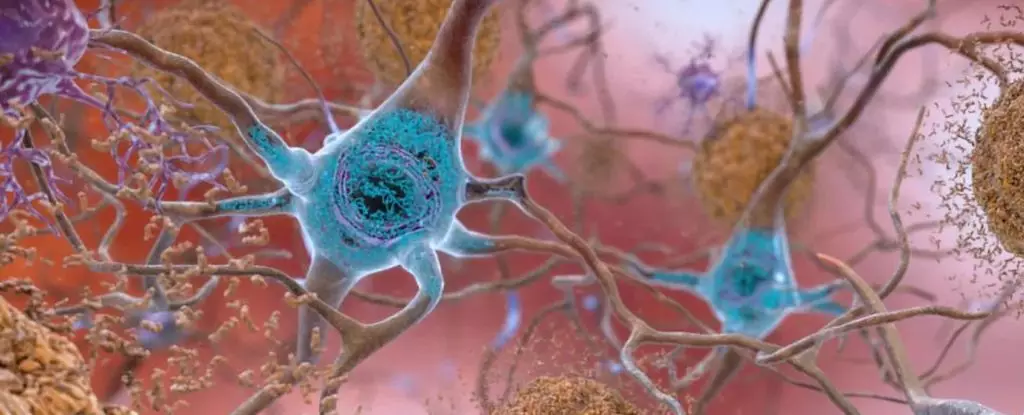In the complex world of neurobiology, few molecules are as enigmatic and essential for brain health as Brain Membrane Phospholipid (BMP). This lipid is not only vital for cellular processes but also functions as a critical scavenger, collecting other, more harmful fat molecules known as lipids. Despite its importance, BMP has puzzled researchers for decades due to its unique properties that defy the conventional understanding of lipid metabolism. Recent revelations from the Sloan Kettering Institute in New York have illuminated the secrets behind BMP’s durability and the implications it holds for neurodegenerative conditions such as dementia and Alzheimer’s disease.
What sets BMP apart from other lipids is not merely its functionality but also its unusual chemical configuration. Molecules possess specific hand configurations, known as chirality. BMP is characterized as a left-handed (-S) molecule amidst a sea of right-handed (+R) fats. Cell biologist Shubham Singh’s team delved into this uniqueness, posing questions about the conversion from one configuration to another—a process that could unveil deeper insights into lipid biochemistry. Their investigation has revealed that the configuration of BMP is critical not only for its function but also for its survival against degradation within cells.
Unveiling the Enzymatic Mechanism
The breakthrough regarding BMP’s resilience was tied to the discovery of two key enzymes: PLD3 and PLD4. These enzymes reside in cellular structures known as lysosomes and are responsible for the synthesis of BMP. Previous assumptions regarding BMP formation had attributed its creation to different mechanisms, leaving room for uncertainty in how this lipid maintains its presence in the neurochemical landscape. The findings showed that mutations or alterations in either PLD3 or PLD4 could significantly impact BMP levels, increasing or decreasing its production in human cells and even in murine models. This advancement shifts the focus onto these enzymes as potential targets for developmental therapies aimed at regulating BMP levels in the brain.
The Link Between BMP and Neurodegenerative Diseases
The implications of BMP levels extend into the realm of dementia research, an area marked by complexity and uncertainty. Abnormally low BMP levels have been noted in patients with frontotemporal dementia, resulting in an accumulation of gangliosides—another type of lipid that, when overproduced, becomes toxic. This accumulation can lead to neurons dying off, a process contributing to severe conditions like gangliosidosis, which affects both brain and spinal cord health. The ability to address and possibly treat gangliosidosis through BMP administration showcases a direct link between lipid management and neuroprotection.
It is essential to recognize the burgeoning field of lipidomics—the study of lipid molecules and their roles in biological systems. As scientists continue to demystify the biological pathways involved in lipid metabolism, a clearer picture of neurodegenerative diseases may emerge. With over ten million new dementia diagnoses globally each year, the urgency to understand these pathways is paramount for developing effective therapies.
Furthermore, understanding the chemical character of BMP, including its left-handed configuration, may augment our knowledge of lipid interactions and their resulting physiological consequences. As researchers like Jeremy Baskin have noted, old paradigms turn over quickly in this evolving field, and new insights continuously reshape our comprehension of brain health.
The Promise of Future Research
The ongoing examination of BMP and its associated pathways represents a thrilling frontier in neuroscience. As we uncover the nuances of how lipids impact cognitive functions and conditions like Alzheimer’s and dementia, we glean critical information that could lead to innovative treatments. The journey towards understanding the brain’s lipid biochemistry is riddled with challenges, but with each discovery, we inch closer to combating these incurable diseases. As research progresses, particularly around key enzymes like PLD3 and PLD4, we not only promise to unveil the secrets within our cellular structures but also hope to enhance the quality of life for millions grappling with cognitive decline and dementia-related disorders.

